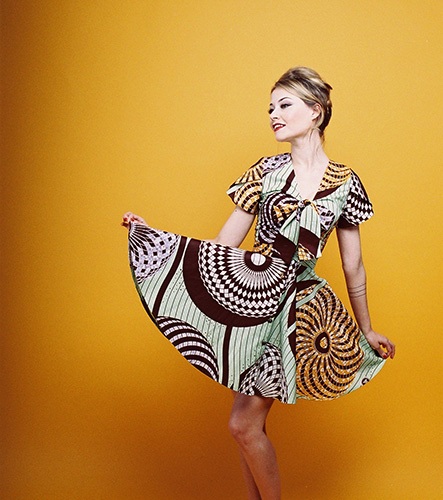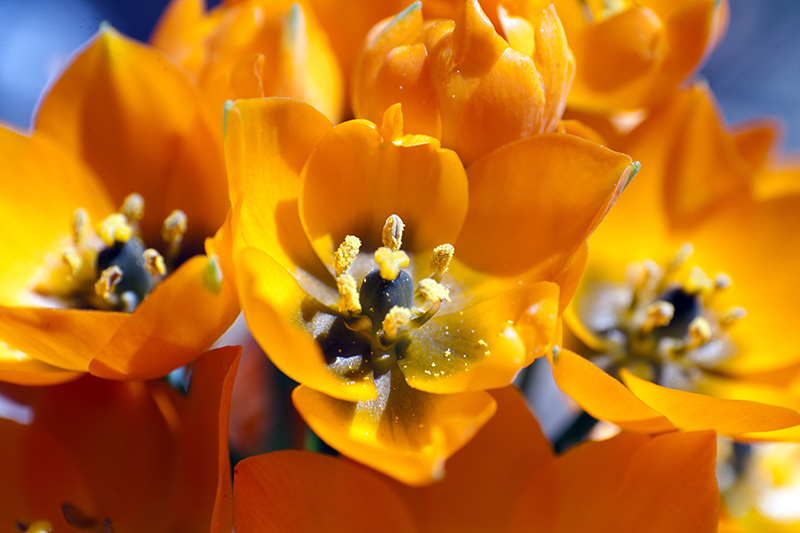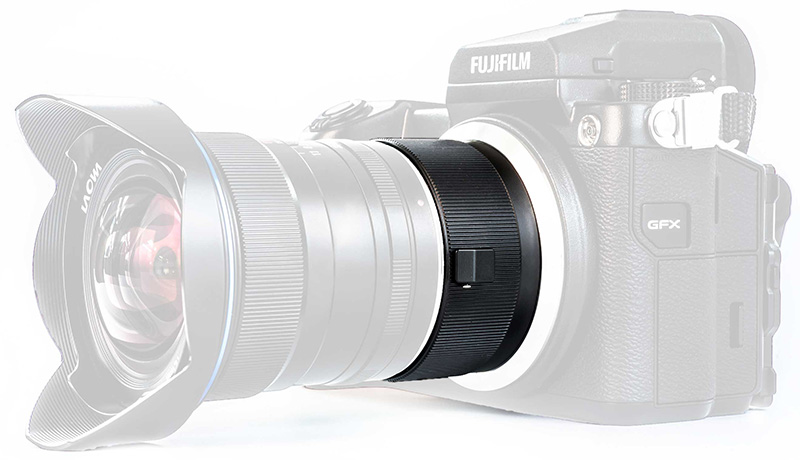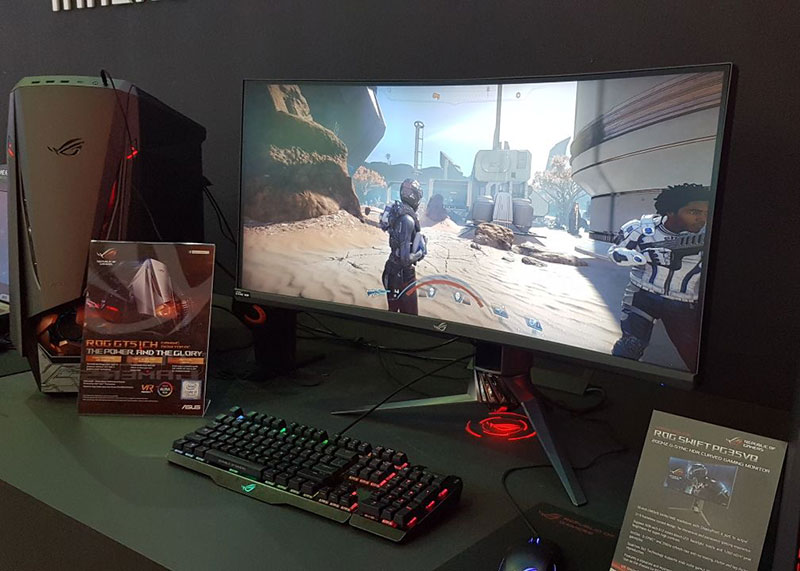Three prime lenses, two aperture systems – meet the Neptune Convertible Art Lens System
Three prime lenses, two aperture systems – meet the Neptune Convertible Art Lens System
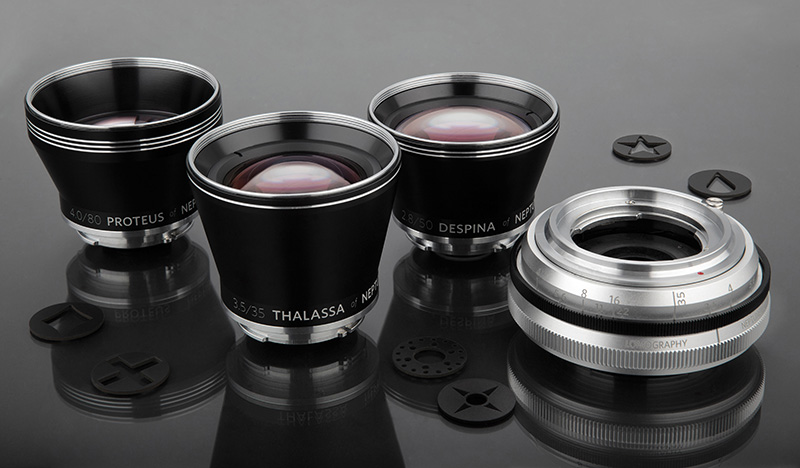
The latest lens system out from the Lomographic Society International is called the Neptune Convertible Art Lens System, and it consists of a lens base and three interchangeable lenses. All three lenses will let you switch through a range of apertures, and use special drop-in aperture plates to achieve unique bokeh effects, much like what we saw with the Petzval lens back in 2014.
Inspired by Neptune’s moons, three lenses are available to start: the Thalassa 3.5/35 Art Lens, Despina 2.8/50 Art Lens, and the Proteus 4/80 Art Lens. All three lenses are carefully hand-assembled with only the finest multi-coated glass optics used. The lens base features three elements in three groups, while each of the interchangeable lenses features four elements in four groups.
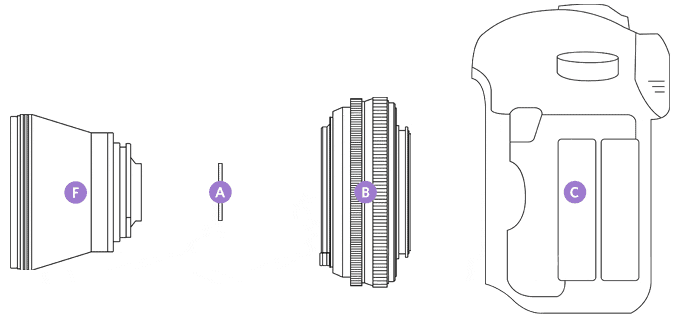
Unlike regular lenses, a seamless iris diaphragm aperture mechanism is used on each of the interchangeable lenses so you can actually push beyond the optimal aperture for each lens to get different effects. (That’s f/3.5 for the Thalassa, f/2.8 for Despina and f/4.0 for the 80mm Proteus Art Lens.) There’s also a set of drop in filters with shapes ranging from stars to crosses to tear drops, which you can play with to get interesting bokeh effects.
The three lenses also have very short minimum focusing distances, allowing you to get great close-up images. The Thalassa is able to focus down to 0.25m (35mm), while the Despina and the Proteus will focus down to 0.38m and 0.8m respectively. The Lomographic Society says the lenses are “handcrafted to be lightweight and portable” so that the system can be the only thing you need in your bag, which certainly fits in line with most of today’s photographers’ wishes.
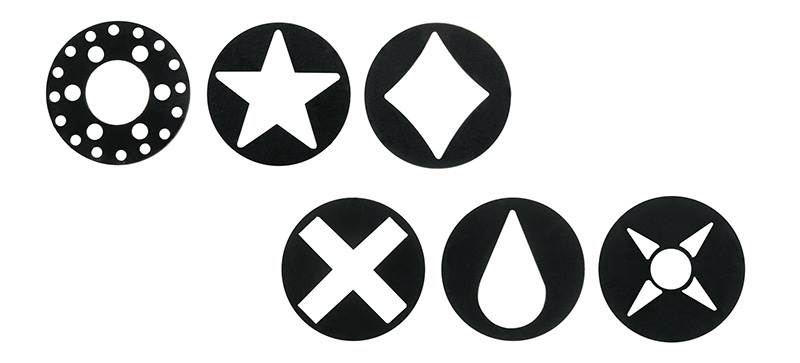
The system is currently available in Canon EF, Nikon F, and Pentax K mounts, while mount adapters are available for a wide range of other lenses (and camera bodies). The system is built to cover a full-frame sensor, so the usual crop factors will come into play if you use the system with smaller sensors. Also, it’s good to note that these will not have autofocus, so you’ll be manually focusing your images.
The Neptune Convertible Art Lens System is up for backing on Lomography’s Kickstarter page, with pledges of US$640 and above getting you a basic set that includes one lens base, three front lenses and six special aperture plates. Lomography says the lens system has to potential to support focal lengths from 15mm ultra-wide to 400mm super telephoto, so backers will also get to vote on what front lens they want produced next.
The system is available in a choice of Silver or Black.
To find out more, check out the video below, or the Lomography Kickstarter page.
Tech Specs:
- Focal Length: 35mm, 50mm, 80mm, front element group convertible
- Aperture: Dual aperture system – Multi-scaled diaphragm aperture: 35mm: extended, f/3.5 – f/22 , 50mm: f/2.8 – f/22, 80mm: extended, f/4 – f/22. – Drop-in aperture plates
- Field of View: 35mm: 63°, 50mm: 46°, 80mm: 30°
- Lens Mounting Profile: Canon EF, Nikon F or Pentax K
- Closest Focusing Distance: 35mm: 0.25m , 50mm: 0.4m, 80mm: 0.8m
- Lens Construction: – Lens Base: 3 elements in 3 groups – Front Lens: 4 elements in 4 groups for each focal length
- Filter Thread: 52mm
- Lens Coating: Multi-coated
- Electronic Contacts: No
- Focusing Mechanism: Helicoid
Picture Samples:

